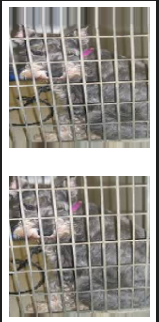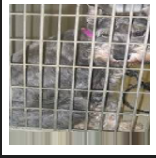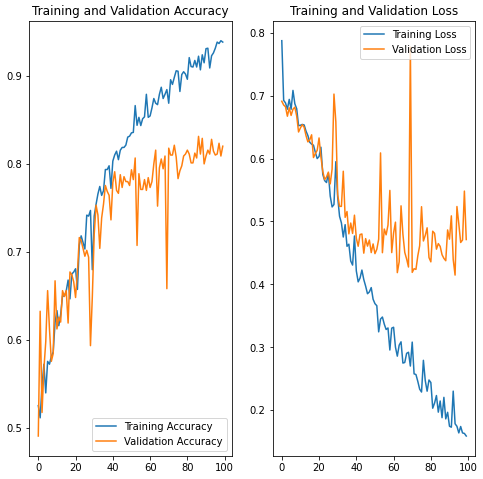Cat-dog classifications using a deep neural network.
| - | Layer | I/O Shape |
|---|---|---|
| 1 | Conv2d_1 | (150, 150, 3) / (148, 148, 32) |
| 2 | ReLU_1 | (148, 148, 32) / (148, 148, 32) |
| 3 | MaxPooling2d_1 | (148, 148, 32) / (74, 74, 32) |
| 4 | Conv2d_2 | (74, 74, 32) / (73, 73, 64) |
| 5 | ReLU_2 | (73, 73, 64) / (73, 73, 64) |
| 6 | MaxPooling2d_2 | (73, 73, 64) / (36, 36, 64) |
| 7 | Conv2d_3 | (36, 36, 64) / (34, 34, 128) |
| 8 | ReLU_3 | (34, 34, 128) / (34, 34, 128) |
| 9 | MaxPooling2d_3 | (34, 34, 128) / (17, 17, 128) |
| 10 | Conv2d_4 | (17, 17, 128) / (16, 16, 256) |
| 11 | ReLU_4 | (16, 16, 256) / (16, 16, 256) |
| 12 | MaxPooling2d_3 | (16, 16, 256) / (8, 8, 256) |
| 13 | Flatten | (8, 8, 256) / 16384 |
| 14 | Dropout_1 | 16384 / 16384 |
| 15 | Dense_1 | 16384 / 500 |
| 16 | ReLU_5 | 500 / 500 |
| 17 | Dropout_2 | 500 / 500 |
| 18 | Dense_2 | 500 / 1 |
| 19 | Sigmoid | 1 / 1 |
- Images are rescaled to be 150 * 150 pixels images.
- The color range is re-scaled from [0, 255] to be in range of [0, 1].
- Images go through random flipping, height/width shifting, zooming transformations.
The model trained for 15 epochs with path size of 128. Nadam is used as the optimizer with 0.001 learning rate and binary cross entropy as the loss function.
The model successfully classified 88% of the test data set.



